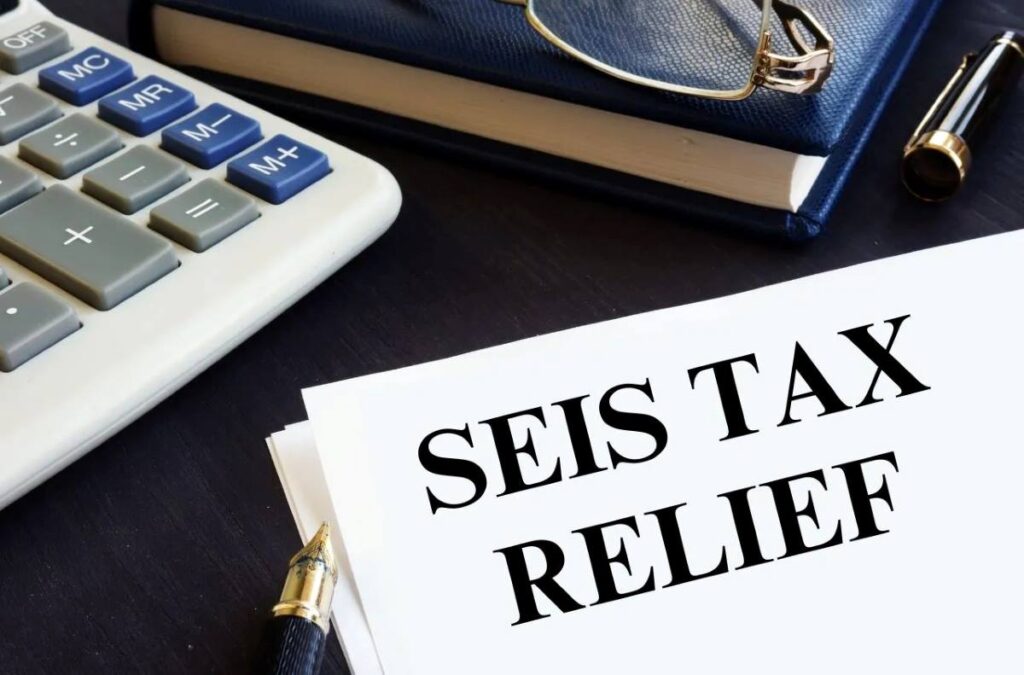In the present world planning related to investment and tax is very important.
If you are a working professional, you should know about SEIS, which is a short form of the Seed Enterprise Investment Scheme.
This scheme stimulates the UK economy and encourages investment for early-stage businesses.
But there are so many things about the SEIS that people don’t know about.
This article explains SEIS, highlights its tax benefits, provides examples, and offers strategies for maximizing SEIS tax relief.
What is SEIS?
Seed Enterprise Investment Scheme aka SEIS is a very innovative investment scheme introduced by the UK Government.
This scheme was introduced in 2012 to help smaller businesses and companies.
Smaller establishments are most likely considered riskier companies, that’s why those companies raise finance by offering tax relief to individual investors.
So, SEIS is primarily targeted at startups and early-stage companies in need of investment to fuel their growth.
Under the scheme, investors can invest up to £200,000 annually in qualifying businesses for SEIS and, in return, receive generous tax reliefs.
How the SEIS Tax Relief can help you?
The SEIS can be very helpful for the investor and the company.
So it’s a highly attractive option for those looking to invest in early-stage businesses. Through the SEIS tax relief, the investor can take advantage of,
- 50% income tax relief on the amount they invest, regardless of their marginal tax rate.
- Any capital gains made from the SEIS investment are tax-free if you hold the shares for at least three years.
- If the business fails and the investment goes to loss, then, SEIS offers loss relief for that.
- Then, through CGT reinvestment relief, you can reinvest the amount from a previous capital gain into an SEIS-eligible company. Differentiating or eliminating the CGT liability on that gain.
What are the SEIS tax benefits?
Investing in startup businesses can be risky.
That’s why the UK government schema with the SEIS tax benefits which is designed to motivate investors by minimizing the financial risk associated with backing young companies.
This tax relief has multiple benefits.
50% income tax relief
For every pound you invest in a qualifying SEIS company, you can claim back 50 pence from your income tax bill, up to a maximum of £100,000 per tax year.
So, a £20,000 investment turn into a £10,000 tax reduction.
No CGT on Gains
After investing your money in SEIS there is an easy method to avoid CGT on the gains.
If your shares are sold after three years and you make a profit, those gains will be completely exempt from CGT.
CGT reinvestment relief
One of the core benefits of SEIS is that SEIS investors can claim CGT reinvestment relief on up to 50% of any gain from the sale of other assets.
But, that can be only possible if the investor reinvested in SEIS shares. This way, This benefit reduces the CGT liability by 50% of the original gain.
A Simple Example of SEIS tax relief
The SEIS scheme in itself is very simple. So, you won’t face any issues understanding the scheme. But, still to help you out here is an SEIS tax relief example to clear your doubts.
Let’s assume you are a UK taxpayer in the tax year of 2023/24. You decide to invest £20,000 in a startup that qualifies under the SEIS scheme.
So depending on the investment:
- You can claim 50% of your investment as income tax relief. Therefore, you’ll receive £10,000 as a reduction in your income tax liability.
- Three years later, if the company does well, and your investment grows to £60,000. If you decide to sell your shares, the entire £40,000 profit will be free from CGT.
- Alternatively, if the company fails and your £20,000 investment, you can still claim loss relief. If you are a higher-rate taxpayer which is 45%. This way you can claim 45% of £20,000, which is £9,000, as a reduction in your tax bill. So, your net loss would be reduced to £11,000 after claiming the loss relief.
How can you maximize SEIS Tax Relief?
There are a few simple methods through which you can maximize your SEIS tax relief.
1. Early Investment
If you want to maximize your SEIS benefit then one of the most effective methods is true invest early in the tax year.
By doing this it allows you to claim the tax relief sooner. Also, it reduces the time you need to wait for a potential ROI.
2. Hold your investment
For a good amount of SEIS benefit it’s important to hold your investment for a minimum of three years.
The longer you’ll hold the investment the better, but it’s advised to hold it for at least three years this way, there is no chance of losing the tax reliefs, and you can avoid paying CGT.
3. Spread your investment
If you are in SEIS then diversifying your investment is the smart move when investing in early-stage companies.
By spreading your SEIS investments across several good quality companies with potential, even if the single investment fails it won’t affect your investment that much.
And you still can benefit from the overall tax relief.
4. Utilize loss relief
One of the disadvantages of SEIS is that this investment doesn’t perform as expected. So, to save money SEIS provides loss relief, which can help offset the financial impact of a failed investment.
5. Use CGT reinvestment relief
After investing in SEIS if you have made capital gain then you should consider investing that money into some SEIS SEIS-qualifying companies. This will allow you to reduce your Capital Gain Tax (CGT) liabilities.
Conclusion
In the end, you can understand that for small startup businesses having proper funds and investment can be very helpful.
So, if you are interested in the Seed enterprise investment scheme then it’s a good time to start. Through this scheme, you will earn significant tax incentives as an investor.
Not only that but by understanding the benefits and carefully planning your investments, you can maximize the available tax reliefs in 2024.
So, give it thorough research before investing in a company and earn benefits in the UK.

